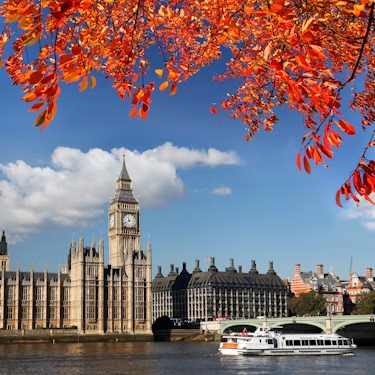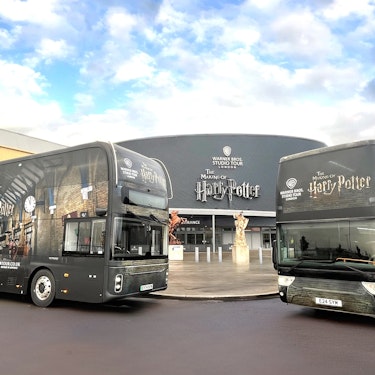More about: Things to do in London in 4 days
In this four-day itinerary I have included the most outstanding places to see in London, even knowing that we will have to leave out others that are also very interesting. Trafalgar Square, Piccadilly Circus, Big Ben, the Tower of London and St. Paul's Cathedral stand out as basic points in any visit, although it cannot be ignored that the British capital is home to some of the most interesting museums in the world, street markets and streets full of history.
Day 1: Tour central London

For the first tour of London I have chosen the most emblematic places in the center of the city. Although it seems that the distances are short, I recommend you to be prepared to walk for a long time, especially if you decide to visit a museum. Another possibility is to hire a sightseeing tour of London first to get an idea of the locations and make the first visits.
Changing of the Guard at Buckingham Palace
Nothing more typical to start your trip to London than watching the famous Changing of the Guard at Buckingham Palace. Obviously, this palace is also a must-see in itself, but if you are in the area at 11 am you should not miss the ceremony with which the changing of the guard takes place.
After this first stop you can cross the beautiful St. James's Park to reach Whitehall and continue until you reach Westminster Cathedral.
Westminster Cathedral
Although less famous than the nearby abbey of the same name, Westminster Cathedral deserves a brief stop. It is the most important Catholic church in England and Wales and was built on the condition that its interior did not resemble the abbey.
In it, you can see the famous St. Edward's Tower, as well as the Chapel of the Blessed Sacrament. If you are a fan, you may be interested to know that it is the only cathedral in the world with daily sung masses.
Westminster Abbey
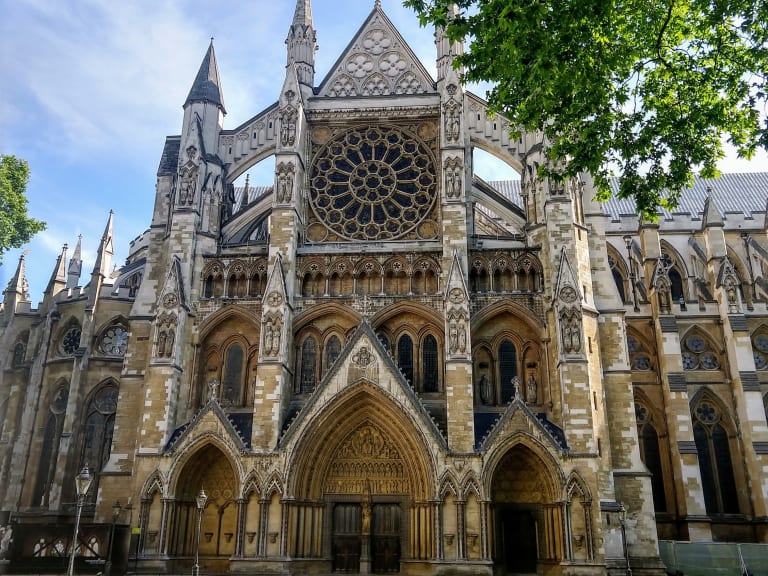
One of the must-see places in London is Westminster Abbey. You should calculate that a full visit will take you about two hours and you can enter with the London Pass tourist card or by purchasing tickets for Westminster Abbey in advance.
This abbey is the oldest temple of the British capital. It is an Anglican Gothic church, although its size is the same as that of a cathedral. It is here where they produce the coronations and funerals of the kings of the country.
In addition, inside you will find tombs of some important figures in British history, such as Isaac Newton, Charles Dickens, Charles Darwin and Geoffrey Chaucer. Likewise, the remains of the kings of England also rest there
Big Ben
The next destination, near Westminster Abbey, is one of the icons of the city: Big Ben. Although it is actually named after the 14-ton bell placed in the clock tower of the Houses of Parliament, the name is used to name the entire tower.
This tower is neo-Gothic style and its construction was completed in 1858. At 106 meters high, it managed to survive the German bombings of World War II and today it is one of the main symbols of the country.
Guided tour of London
After all the previous visits it is perhaps the best time to hire one of the many guided tours in London. Not only will you be able to discover some attractions that you may have overlooked, but it will help you to understand what you have seen so far and to have information about what you are going to visit in the following days.
The offer of these tours is really impressive. You can choose between walking, cycling, bus or boat, day or night and with the theme you want.
Trafalgar Square and Piccadilly Circus
The atmosphere of Trafalgar Square and Piccadilly Circus is always impressive, but it is possibly at night when both places show their best side.
Start at Trafalgar Square and see its four lions and the statue of Admiral Nelson. The rest of the route is a pleasant stroll through Piccadilly Circus, Piccadilly Street (where the world's largest bookstore and the Ritz Hotel are located) and Burlinton Arcade, a beautiful gallery of traditional stores.
Are you looking for a means of transport and at the same time to get around the center of London quickly and comfortably? I definitely recommend you to take the City Sightseeing London sightseeing bus- you'll love it!
Day 2: Stroll through the parks and shopping streets
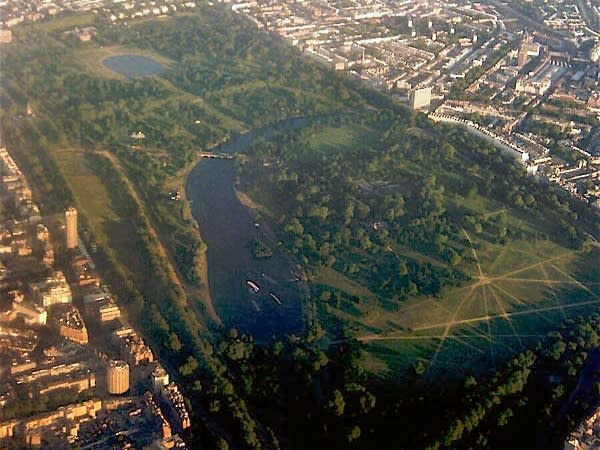
After a fairly full first day, the tour I propose for the second day is a bit more relaxed. In addition, part of it takes place in some of the most impressive parks in London, such as Hyde Park.
Hyde Park
Starting the day with a short walk through Hyde Park to reach its splendid lake will make the rest of the day more relaxed.
This park is the oldest in the city and has been the scene of many concerts, demonstrations, not to mention that it was one of the places that the ancient duelists chose to settle their differences. In addition to strolling along its paths, you can also rent a rowboat to tour the Serpentine, the park's central lake. This is inhabited by a very varied aquatic fauna.
If you are visiting London in summer it is a good idea to check the events taking place in the park in case you are interested in attending one of them.
Speaker's Corner and Oxford Street
Still inside Hyde Park, on the way to Marble Arch, you pass the well-known Speaker's Corner. In this place anyone can give a speech, with no limits on what they advocate. In fact, during the Second World War it was the only point in the city where some people defended the Germans.
Once you reach Marble Arch you can walk through some of the most famous shopping streets in London, namely Oxford Street and Regent Street.
In the first of these streets you can see some stores that have become true symbols of the city:
- The historic Selfridge's department store.
- Marks & Spencer.
- House of Fraser.
- St Christopher's Place, a small square somewhat hidden and, therefore, little known.
In this area you can stop for lunch or coffee, as there are many cafes and restaurants to choose from.
Regent Street, Carnaby Street and Soho

The walk continues until you reach Oxford Circus, where you turn right into Regent Street, one of the most famous streets in the city. Here, for example, is the largest toy store in the world, Hamleys.
From Regent Street you reach Carnaby Street, where London's Soho begins. This area is undoubtedly one of the trendiest neighborhoods of the capital and is home to the most important theaters, some of the best stores and hundreds of bars and restaurants.
If you have time it is also a good idea to wander around neighboring Chinatown for a while before heading to Leicester Square, where the city's movie premieres usually take place.
Covent Garden
Continuing the walk you will reach a square that exudes magic thanks to its old apple market and street performers: Covent Garden.
If you go with children, this square is home to a museum that they usually like: the London Transport Museum.
Finally, if you love musicals, this is the perfect area to attend some of the best musicals in London.
Day 3: Visit the Tower of London, St. Paul's Cathedral and museums in London
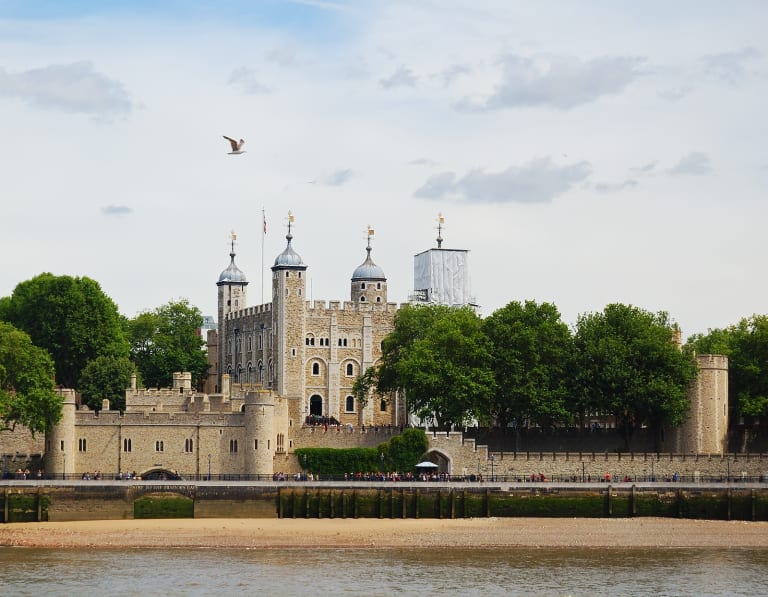
When traveling to a new city you usually need a couple of days to familiarize yourself with it and get to know aspects such as the best way to take the London Underground or what activities you can do at night in London.
With this prior knowledge, the third day's tour is possibly the most comprehensive of those taken and includes visits such as the Tower of London and St. Paul's Cathedral.
Tower of London
You start the day by crossing the Tower of London Bridge, one of the most photographed places in the city.
On the other side of the bridge is the Tower of London, a fortress that holds horrifying stories inside. To begin with, this tower was for more than 900 years a prison where all those accused of offending the Crown were locked up. Some died there because of torture or poor prison conditions, while others were executed but not before being tortured.
You can buy tickets to the Tower of London and admire the exhibition with the Crown Jewels. It also houses a chapel, some rooms used by the royal family or the White Tower, the best known of the complex.
St. Paul's Cathedral
The 110 meters high St. Paul's Cathedral and its dimensions make it the second largest cathedral in the world, only surpassed by St. Peter's Basilica in Rome. This temple has witnessed numerous historical events, such as the funeral of Winston Churchill or the wedding of Lady Di and Prince Charles.
The cathedral has a cross-shaped plan that stands out for its wonderful decoration. This is especially striking in the ceilings, covered by fresco paintings. Inside it is worth climbing to the dome and visiting the crypt.
To get the most out of this visit is essential to buy a ticket to St. Paul's Cathedral, which includes a multimedia guide at no additional cost.
Tate Modern

At one end of this bridge is located the Tate Modern, a must-see for lovers of contemporary art. Just the building that houses the museum is worth it, as it was the former Bankside Power Station.
In the museum, free admission, you will be able to enjoy works by renowned artists such as Picasso, Warhol, Salvador Dali and Monet, among others
Continuing the tour on the way to the Natural History Museum, you can deviate slightly to see the views from The Shard, a splendid skyscraper that has an impressive viewpoint inside. A visit to The Shard observation deck is also a must.
Natural History Museum
For the last visit of the day I recommend you to choose one of the museums that you have not yet visited. Among the most interesting are the following:
- The Natural History Museum: I recommend you book a special guided tour for children.
- The museum dedicated to the history of war.
- The Victoria and Albert Museum.
- The Sherlock Holmes Museum.
- The Madame Tussauds Museum.
London Night Tour
To end the day and make the most of the time, it may be the best time to take a night tour of London and see its monuments illuminated.
Day 4: Be amazed at Harry Potter Studios
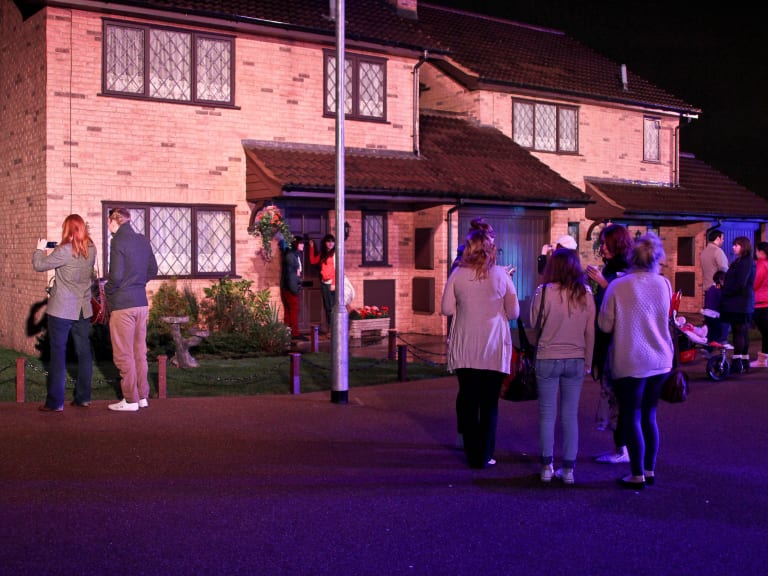
On the last day of the trip, with the tiredness already accumulated, it may be the best time to make a couple of leisurely visits and end up taking a look at the famous Harrod's department store.
Harry Potter Studios
One of the activities that has grown the most in recent years is related to the books and movies starring Harry Potter.
In addition to the tours that go through the Harry Potter places that appear in these works, many can not resist the temptation to spend a morning visiting the Harry Potter Park
In this article you can see how to get to Harry Potter Studios and in this one how to get tickets for Harry Potter Studios. With all this information, you just have to get closer to contemplate the stages and sets of the films, as well as the costumes used by their protagonists and some of the magical objects that appeared. Also, the visit will have some surprises in store for you.
London Eye
After spending most of the day visiting the Harry Potter studios, return to Westminster Bridge to go to the London Eye (the Millennium Wheel) a spectacular wheel of 135 meters high. On the way between the two places I recommend you stop on the bridge to take a picture of both London icons.
My advice is to book in advance tickets for the London Eye, as the lines are endless. The London Eye has 32 glass cabins weighing 10 tons each. Its capacity is 25 people. The spinning of the Ferris wheel is quite slow and lasts approximately 30 minutes.
Note that it does not matter if it is at night, as the London Eye also has night hours. At these times, in addition, the views of the city are, if possible, even more spectacular.
For dinner you can choose from some of the restaurants around the London Eye or, better yet, hire a gastronomic tour of London to say goodbye to the city as it deserves.
Use the tourist bus for more comfort in the displacements
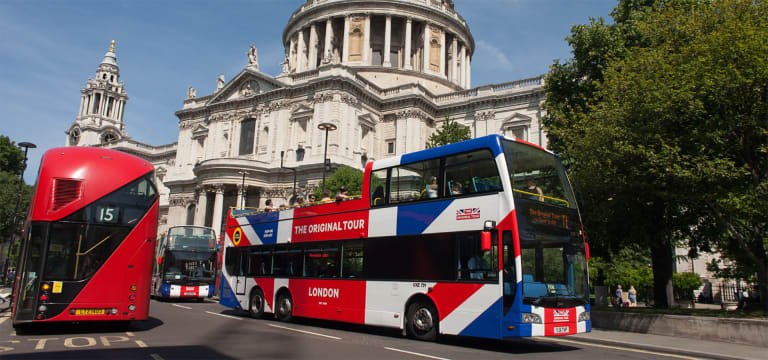
One of the options you have when visiting many of London's attractions is to use a tourist bus in London. The British capital has several types, but my advice is to choose one that allows you to get on and off wherever you want and that has a ticket with a sufficiently long period of validity.
Study the convenience of getting a tourist card
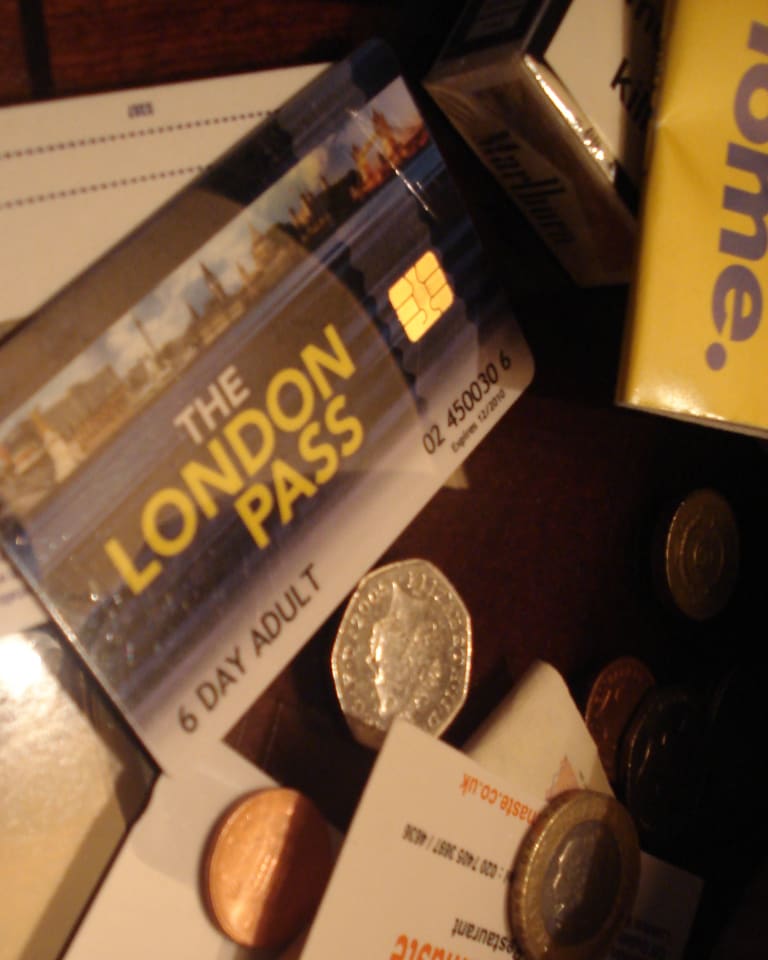
As is well known, London is not exactly known for being a cheap city. One of the best ways to save money is to buy a tourist pass, which also allows you to save time in the queues.
Before deciding on one, you can take a look at this article about the best London tourist cards, their features and what they include.



